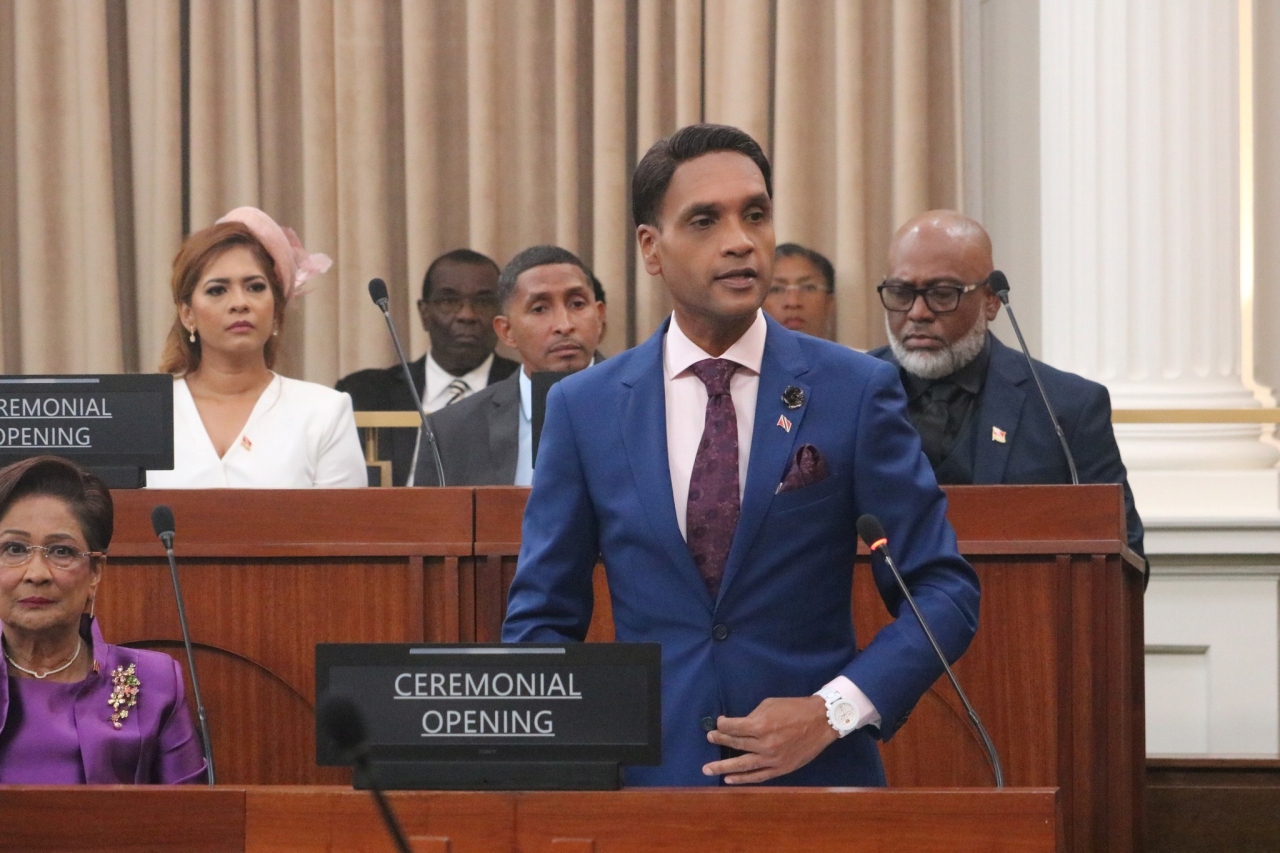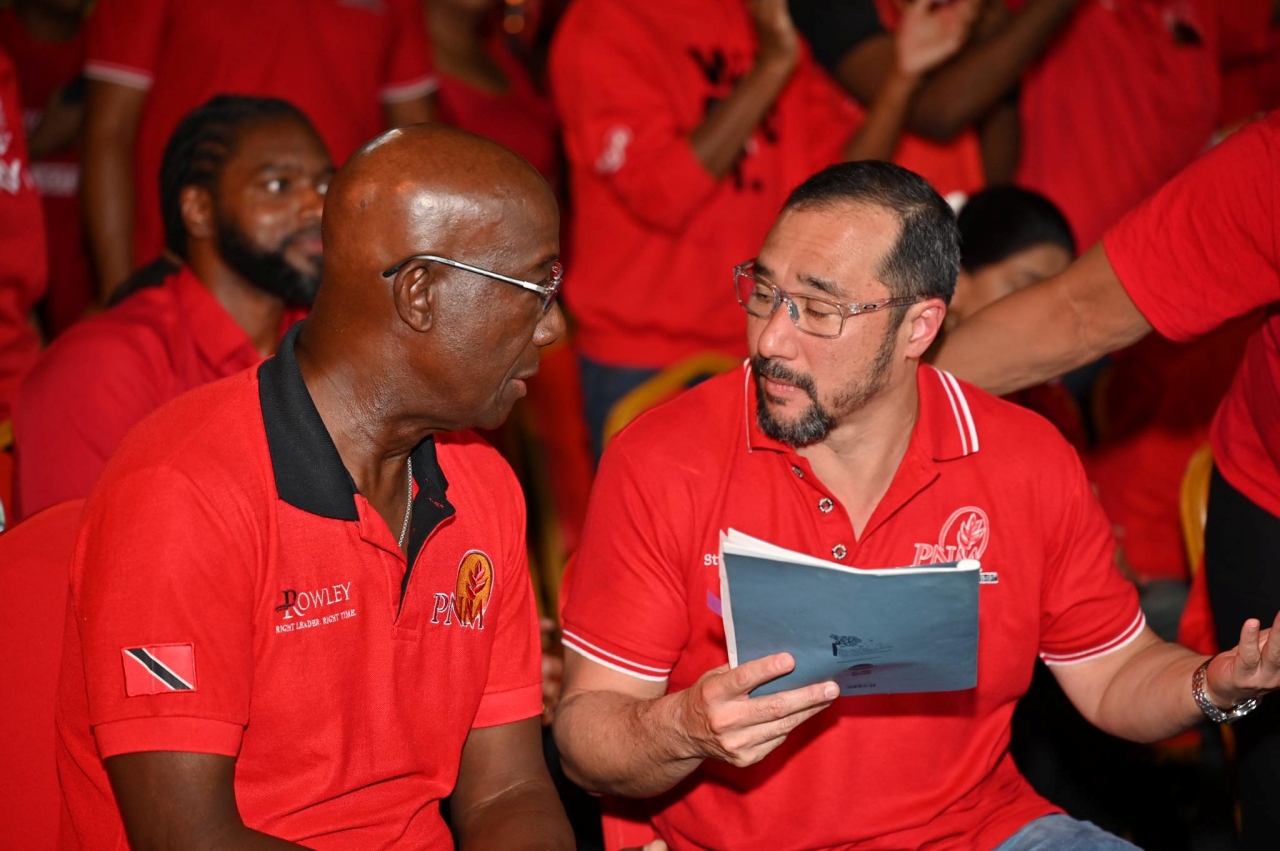“[…] There is a projected decrease on personnel expenditure from the 2020 figure to the 2021 figure of $377,504,500. Personnel expenditure, therefore, is being slashed in half.
“WASA employs approximately 5,100 permanent, temporary and so-called contract workers. If personnel expenditure is to be reduced by 50%, it is only logical to conclude that the workforce will be reduced by a similar margin…”
The following Letter to the Editor on the potential fate of WASA employees was submitted by Gerry Kangalee and first published on the National Workers Union (NWU) website:

Thousands of WASA workers are going to be thrown on the breadline, if the government gets its way. They are being lined up for what industrial relations practitioners call the death penalty, just as their comrades in Petrotrin and TSTT were.
In his 145-page budget presentation, Minister of Finance Colm Imbert only devoted eight lines to the Water and Sewerage Authority (WASA). These eight lines said nothing about mass retrenchment in WASA, but talked about increase in water rates.
But, you see, the devil is in the details; and the details are to be found in the budget document called: Draft Estimates Of The Revenue And Expenditure Of The Statutory Boards And Similar Bodies And Of The Tobago House Of Assembly For The Financial Year 2021. This document can be accessed on the website of the Ministry of Finance, as can all the other budget documents.
On page 203 of the document, there is a table showing details of WASA’s expenditure for the years 2019 and 2020 and its estimated expenditure for 2021. There is in the table a sub headline description called ‘personnel expenditure’.
Contained in that subhead are items like salaries and cost of living allowances, overtime and allowances for monthly paid officers, wages, cola and overtime for daily rated workers, government’s contribution to NIS and group health insurance for both bargaining units.

(Copyright Office of the Parliament 2020)
Personnel Expenditure for 2019 amounted to $976,190,319; revised expenditure estimates for 2020 amounted to $755,509,000; estimates for 2021 amount to $378,004,500.
This means that there is a projected decrease on personnel expenditure from the 2020 figure to the 2021 figure of $377,504,500. Personnel expenditure, therefore, is being slashed in half.
WASA employs approximately 5,100 permanent, temporary and so-called contract workers. If personnel expenditure is to be reduced by 50%, it is only logical to conclude that the workforce will be reduced by a similar margin.
WASA management has told the Public Accounts Committee that the Authority is overstaffed by two thousand workers. James Lee Young, executive director of the Regulated Industries Commission (RIC) to which WASA must apply for a rate increase, told the Joint Select Committee of Parliament on 28th March 2018 that WASA has a poor rating for efficiency.
He defines efficiency not as WASA’s ability to supply a safe and reliable supply of pipe-borne water but as the number of employees per thousand connections. He claims WASA has 12-13 employees per thousand connections and that top companies have 3-4 employees per thousand connections.

(Copyright Industriall-union.org)
This is a clear signal that when WASA applies to the RIC for a rate increase, a major consideration by the RIC is going to be how many workers per connection does WASA have.
What Lee Young did was set the stage for implementing the conditionalities contained in the 2012 loan to WASA of US$600,000,000 from the Inter-American Development Bank (IDB) for the ongoing Waste Water Rehabilitation Project. US$50 million of that loan is for the re-organisation of WASA.
According to the IDB, the plan is to ‘decrease the number of employees per 1,000 connections from 12.5 in 2011 to 5.8 in 2016’. This means that more than half of WASA’s workforce in 2011 was supposed to have been eliminated by 2016. That reduction didn’t take place then, but is surely about to take place soon.
According to the Program annex to the loan: ‘2.03 …The activities financed through this component will include… support to the implementation of transformational actions concerning the organisational structure, financing voluntary selection separation plans’.
According to Imbert: “A Cabinet sub-committee is now focusing its attention on the issues which are impeding WASA from meeting our needs… We envisage a report by 30 November 2020 which would include recommendations with respect to levels of investments adequate to the needs of an efficient water supply and we will take such decisions, including a tariff review…”

(Copyright Office of the Parliament 2020)
This cabinet sub-committee is chaired by new Minister of Public UtilitiesMarvin Gonzales and includes as members Minister of Housing Pennelope Beckles, Minister of Energy Franklin Khan and Minister of Social Development and Family Services Donna Cox.
The new minister is strenuously denying that there will be massive retrenchment at WASA. But it is clear that the committee is just a mamaguy. The decisions have already been made.
The workforce is going to be decimated and the RIC will approve a rate increase. If we let them. Somebody said ‘Facts are stubborn things’.
Want to share your thoughts with Wired868? Email us at editor@wired868.com.
Please keep your letter between 300 to 600 words and be sure to read it over first for typos and punctuation.
We don’t publish anonymously unless there is a good reason, such as an obvious threat of harassment or job loss.
 Wired868 Wired868 for smart sport news and opinion
Wired868 Wired868 for smart sport news and opinion







Is Gerry Kangalee saying that it should be business as usual and there should not be a reduction in the WASA personnel to bring it in line with the top companies having 3-4 employees per thousand connections? I am not sure.
We have to bite the bullet at some time or continue down the road of inefficiency which we may have created unwittingly, in trying not to be like ‘massa’, only to our detriment.
Oh such a tangled web we weave!